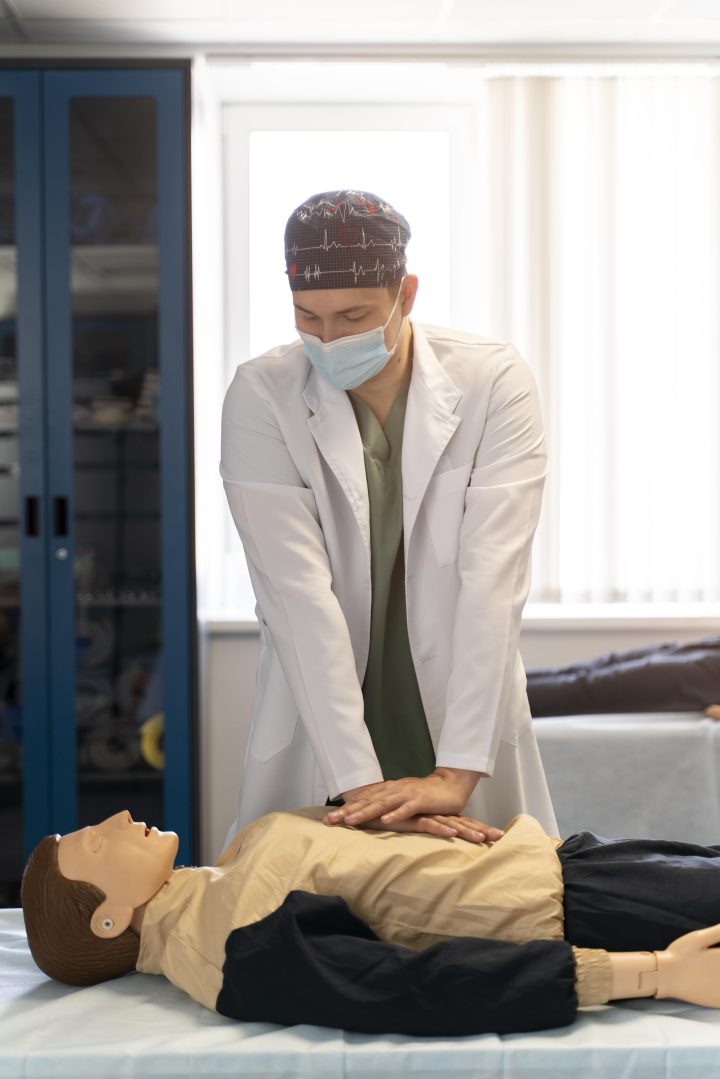When a person’s heart suddenly stops beating—what we call cardiac arrest—every second matters. In that critical moment, the difference between life and death often comes down to one thing: high-quality chest compressions.
Why Chest Compressions Matter
During cardiac arrest, the heart can no longer pump blood effectively. Without blood flow, the brain and other vital organs are starved of oxygen. Permanent brain damage can begin in just four to six minutes. That’s why immediate and effective CPR (cardiopulmonary resuscitation) is crucial.
Chest compressions manually pump the heart, pushing blood through the body to keep organs alive until professional help can take over. Done correctly, they buy valuable time—and can make the difference between a full recovery and a tragic outcome.
What Makes Chest Compressions “High-Quality”?
Not all CPR is created equal. The quality of chest compressions directly impacts survival rates and outcomes. Here’s what high-quality compressions look like:
- Depth: At least 2 inches (5 cm) deep in adults
- Rate: 100–120 compressions per minute (think of the beat of the song “Stayin’ Alive”)
- Full recoil: Allow the chest to return fully between compressions
- Minimal interruptions: Keep pauses under 10 seconds
- Correct hand placement: Center of the chest, over the lower half of the sternum
These might seem like small details, but studies have shown that sticking to these standards significantly increases the chances of survival.
Real-World Impact
According to the American Heart Association, high-quality CPR can double or triple a cardiac arrest victim’s chance of survival. In hospitals, first responders and trained staff are constantly trained and assessed on these metrics because the science is clear: quality matters.
In fact, improvements in chest compression techniques and CPR training are among the top reasons survival rates from cardiac arrest have improved in recent years.
For Bystanders: Don’t Hesitate
You don’t have to be a medical professional to make a life-saving difference. Hands-only CPR—just chest compressions without rescue breaths—is easy to learn and recommended for untrained bystanders.
Here’s all you need to remember:
- Call 911
- Push hard and fast in the center of the chest
Even imperfect chest compressions are better than none at all. But if you can learn and practice proper technique, you’ll be prepared to deliver high-quality compressions when it matters most.
The Takeaway
High-quality chest compressions are one of the most effective tools we have in the fight against sudden cardiac arrest. Whether you’re a healthcare provider or a concerned citizen, knowing how to perform CPR correctly could help save a life—maybe even someone you love.
So take a CPR class. Practice regularly. Stay ready. Because high-quality chest compressions don’t just help—they save lives.


